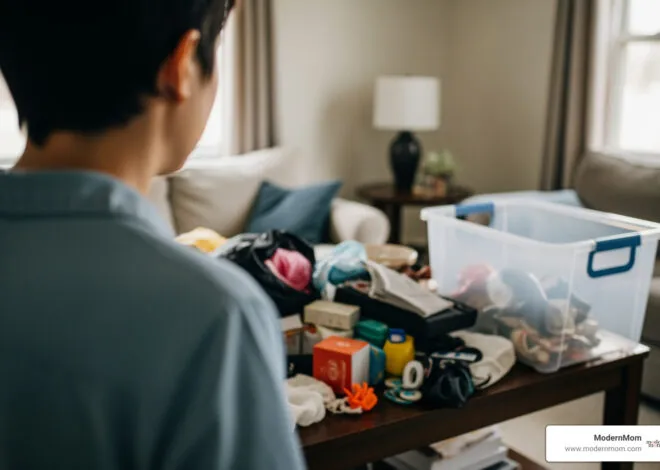Creating a green home is beneficial not only to the environment but to growing kids who are sensitive to toxic chemicals found in many commercial cleaning products. An eco-friendly home is healthier and more economical than a traditional home. Here are some simple ways to make a difference.
Creating an Eco Friendly Home
Step 1
Evaluate your current usage by walking through your home and looking for any obvious wasted energy or toxic chemicals. Check your bathroom cabinets first, since cleaning products are generally the most toxic thing found in a traditional home. Green cleaning products are just as effective as commercially made toxic cleaning products and they are simple and affordable to make on your own. Create a basic household cleanser by filling an empty spray bottle with half distilled white vinegar and half water. Add a few drops of tee tree oil, a pleasant smelling essential oil with antimicrobial properties. Use this solution to clean counter tops, bathrooms and walls. Baking soda can be used to clean toilets or surfaces that need a slightly more abrasive cleaner. Lemon juice also has disinfectant properties and can add a pleasant smell to the home.
Step 2
Notice whether or not any lights are left on as you walk through your home. Saving energy by turning off the lights can add up to large savings over the course of the year. Get into the habit of turning off any lights or appliances when they are not in use. Energy saving light fixtures can help cut down the energy cost even when the lights are turned on. Energy is one of the most wasted resources in homes today. Replacing traditional light bulbs with energy saving light bulbs can save energy and make a huge difference on the household electricity bill. Energy saving light bulbs are typically more expensive than traditional light bulbs up front, but they often last for nearly 10 years, saving a household hundred of dollars in electricity savings and light bulb costs over the years.
Step 3
Look for any appliances or electronics that are turned off but still plugged into the wall. Phantom power can drain energy from appliances and electronics even when they are turned off. Plug electronics into a surge protector that you can turn off when not in use. Unplug kitchen appliances until they are needed. Many families find that cutting out on phantom power usage can make a big difference on their power bill.
Step 4
As you go through the bathrooms, pay attention to dripping faucets that have not been completely turned off. Water is another major resource that is often wasted. As a family, make a goal of limiting showers to 5 minutes. Wash clothes on warm instead of hot and turn the facet off when brushing your teeth. Even small changes can make a big difference to the environment and the family budget.
Step 5
Notice any recent household projects that may have brought toxic substances into your home. Freshly painted walls and new carpet can release toxic chemicals into the air for an extended period of time. If you have completed any household projects recently using traditional supplies, be sure and open the windows in your home to allow the fumes out of your house and let in some fresh air.





